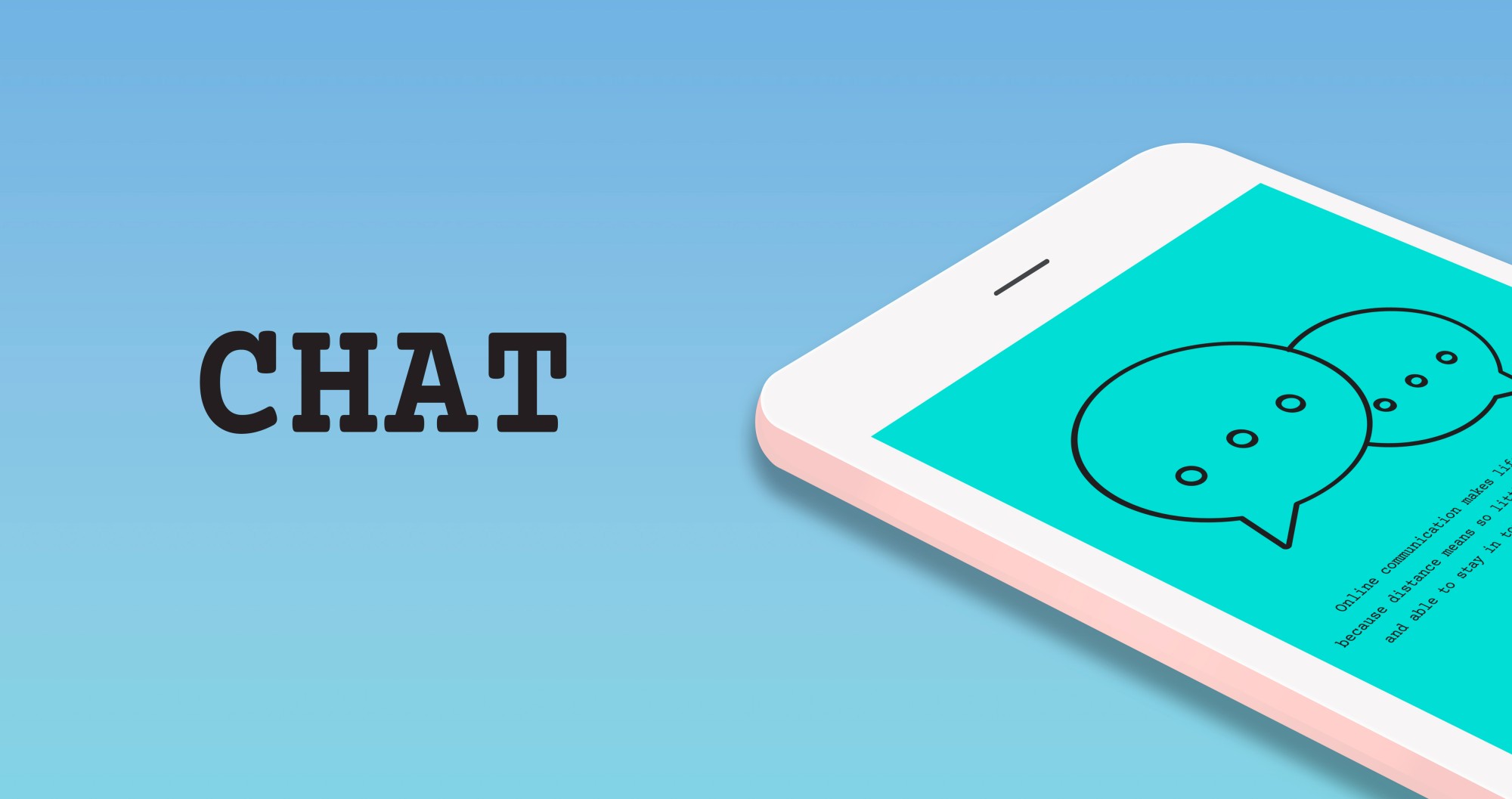ChatOps has quickly become a transformative force in workplaces, reshaping how teams collaborate, communicate, and respond to challenges. Particularly suited for distributed workforces, ChatOps integrates essential tools directly into chat platforms, enabling real-time collaboration and swift decision-making. Gone are the days of traditional "war room" strategies—ChatOps brings everything to the conversation space, creating a culture that values agility, openness, and shared responsibility. Here’s how ChatOps influences company culture across security, collaboration, and communication.
1. Redefining Transparency and Responsibility
ChatOps offers unprecedented visibility, but that doesn’t mean it enables complete transparency for every user. When you integrate critical tools directly into the chat platform, it’s essential to implement strong permission controls. This ensures only authorized personnel can initiate sensitive commands, such as database migrations or server deployments.
For example, GitHub employs a “magic word” system to restrict access to powerful ChatOps functions, minimizing potential mishaps. This setup reminds everyone that ChatOps is about carefully balancing openness with responsibility. A collaborative environment still requires limits to ensure secure and efficient operations.
2. Enhanced Security with Controlled Access
As ChatOps centralizes command execution, ensuring robust security is vital. Many companies, including Box, rely on two-factor authentication (2FA) and additional middleware to restrict command access within the chat environment. By validating user identity through RSA keys or other security protocols, organizations can secure sensitive actions even if the chat server is compromised.
Restricting access helps maintain a secure environment, but ChatOps’ influence on company culture goes beyond just security; it also fosters a collective awareness of security as part of daily operations. This collective responsibility builds a stronger security-focused culture within the company.
3. Facilitating Collaboration and Flexibility
ChatOps allows different teams to collaborate in new ways by providing access to shared commands and workflows. Some organizations, like PagerDuty, encourage open experimentation with ChatOps commands, allowing team members from different departments to use commands tailored by subject matter experts. This openness has allowed teams to solve cross-departmental challenges more efficiently.
For instance, finance and engineering teams at PagerDuty faced scheduling conflicts until they adopted ChatOps. Now, finance can pause deployments with a simple command, eliminating scheduling conflicts and fostering smoother collaboration. This empowerment encourages autonomy and flexibility for non-technical teams, enhancing overall productivity and communication.
4. Establishing New Social Norms for Communication
In the world of ChatOps, asynchronous communication becomes the norm. Compared to lengthy email chains or inefficient meetings, ChatOps enables team members to respond thoughtfully and at their own pace. However, companies must set expectations around response times for this to work effectively.
Does every message require an immediate response, or is it acceptable to let some issues sit? Clear guidelines help maintain effective communication. For example, simply letting team members know “we’re on it” provides reassurance while managing expectations. ChatOps encourages companies to create a culture of transparency and accountability without overwhelming team members with constant, real-time communication demands.
5. Capturing and Retaining Knowledge Through Familiar Commands
Adopting ChatOps doesn’t mean overhauling existing communication styles. By incorporating familiar language and acronyms into chat commands, companies can help employees feel more comfortable with the transition. ChatOps can be designed to reflect the existing lingo and humor of the company, capturing a sense of identity and familiarity.
As engineers and non-technical users alike adopt the ChatOps platform, the familiar terminology can bridge knowledge gaps, making the transition feel less abrupt. This approach reinforces existing cultural elements and promotes a smooth adoption of new technologies.
6. Promoting an Agile, Shared "War Room" Mindset
Traditionally, incident resolution relied on in-person war rooms where teams would gather to address critical issues. ChatOps replaces this model with a streamlined, virtual solution. Teams can now monitor, troubleshoot, and resolve incidents directly within chat, allowing distributed teams to address challenges as effectively as if they were in the same room.
This approach fosters a culture of agility and teamwork. Real-time feedback within ChatOps reduces bureaucracy and expedites decision-making, empowering teams to tackle issues collaboratively and swiftly.
Conclusion: Embracing ChatOps as a Cultural Shift
ChatOps is more than a tool—it's a catalyst for cultural transformation. By enabling secure, collaborative, and transparent communication, it enhances team dynamics and reinforces accountability. ChatOps makes it possible to manage high-stakes scenarios, collaborate across departments, and retain valuable company knowledge in one integrated environment. In today’s dynamic workplaces, ChatOps doesn’t just support agile workflows; it builds a foundation for a culture where teamwork, flexibility, and security thrive.

